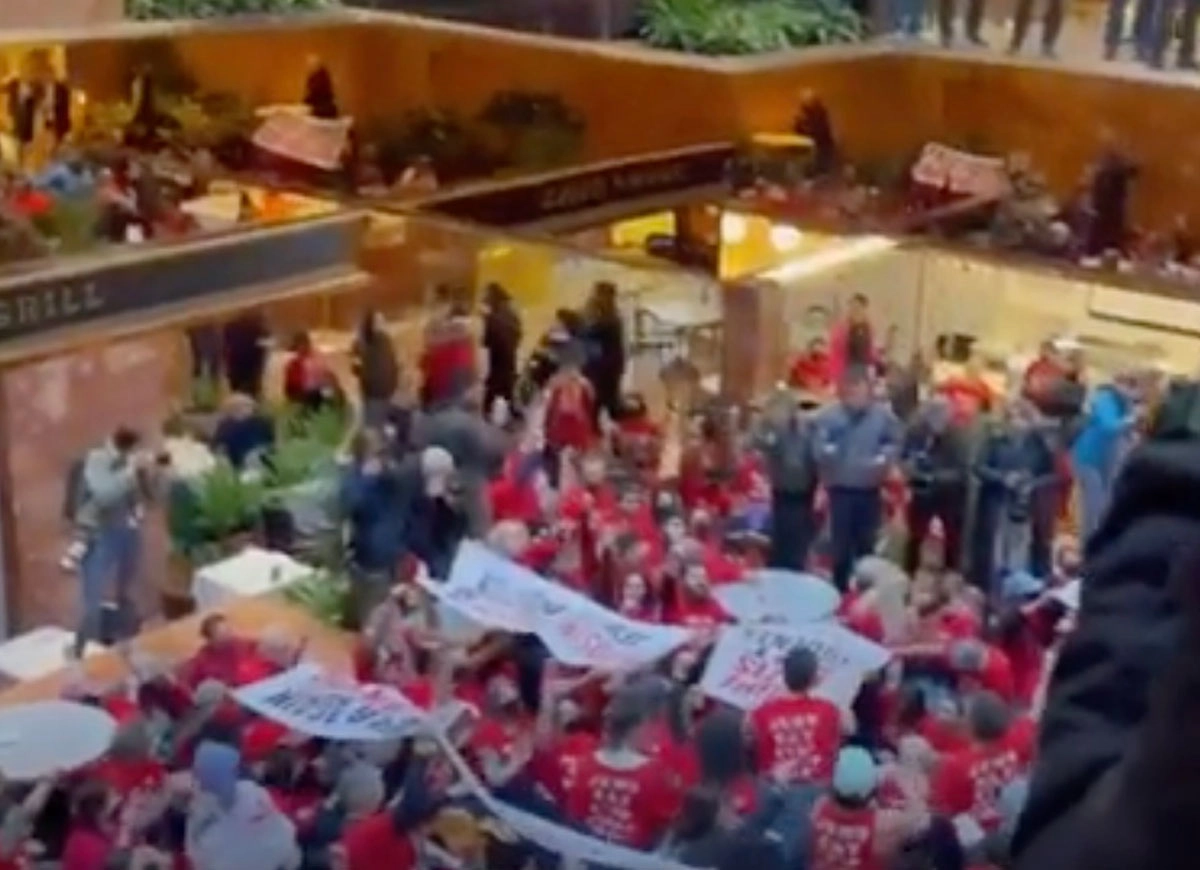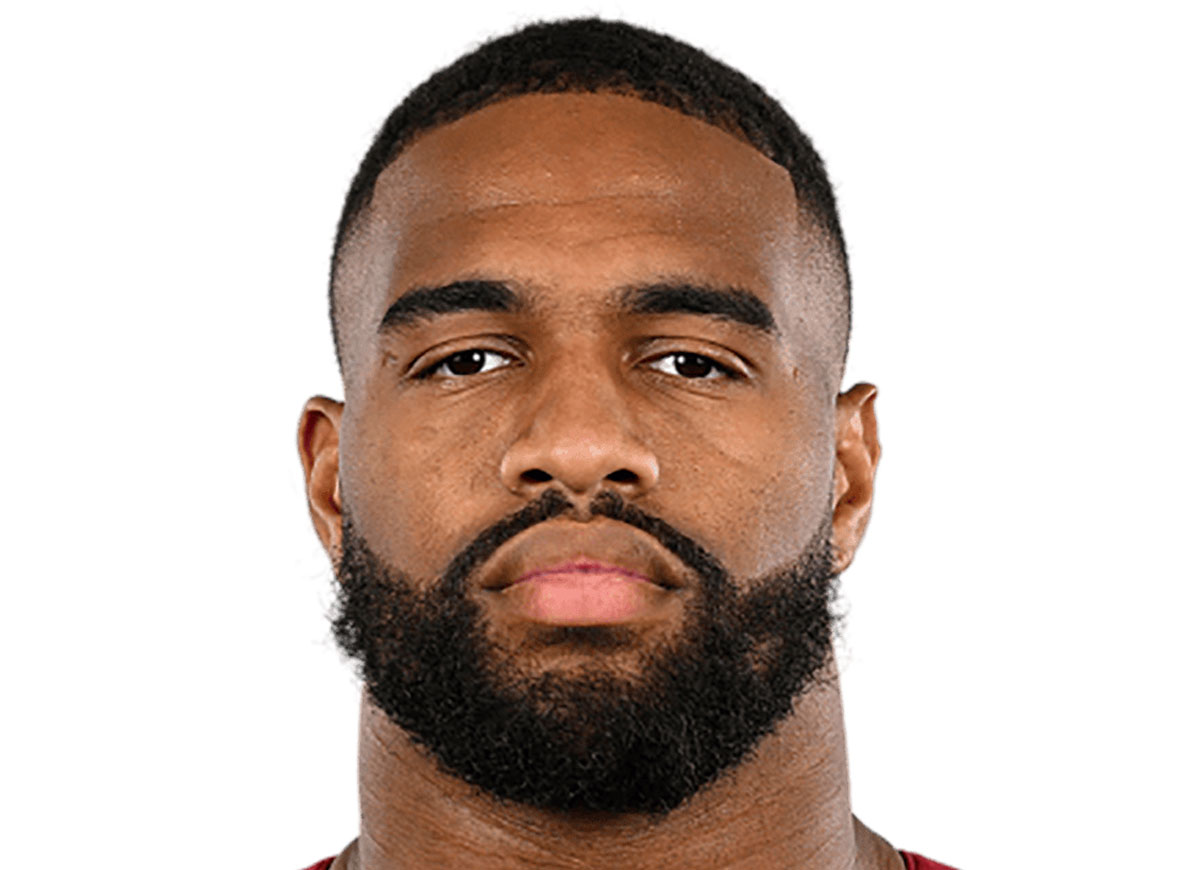Young Entrepreneur Patrick Finnegan Talks Generation Z, Tech Trends, How He Got His Start [Video Exclusive]
Patrick Finnegan, a rising star in the world of tech, is becoming something of an expert in capturing the fickle-yet-powerful young demographic that is Generation Z. At just nineteen-years-old, Finnegan had already begun consulting for marketing firm Havas Luxe and is currently a partner at venture capital fund, Studio.VC. Finnegan sat down for an exclusive interview with uInterview to talk about the secrets behind his success.
Patrick Finnegan on How He Got Started in Tech Industry
Like many young tech influencers today, Finnegan started small and at a young age, fourteen, playing with coding frameworks and learning the ins-and-outs of programming through a trial by fire. “I also taught myself how to program the front end, this thing called Bula, and so you would type in your zip code and then it would spit out coupons for you,” he said. “So, I started that, and that was kinda my first tech play. It failed, but it got traffic, I was 14 and I learned about hacking SEO, meaning I knew how to make it high on Google even though I was nobody.”
Finnegan turned this initial tinkering with free Riot points into a digital agency, ONMSG, at just sixteen. The business would pull clients off of a Elance, a freelance developer portal. The catch? Finnegan had to compete with programmers from around the world, many of whom living in countries where compensation demands are much lower. “You’re competing with Indian programmers, you’re competing with people in Malaysia, wherever, so the price point that you have to bid at is so much lower than what most people get paid in the U.S. For my first website I probably spent 80 to 100 hours on with my partner Luke, and I got paid $170 and then the other few websites that I did for my first few websites were for non-profit so those were free. But, I got testimonials, so it ended up working out.”
The following year, Finnegan was recruited by Wieden+Kennedy to join their startup accelerator and further expand his next company, WorldState. An app designed to teach younger generations about current events issues and historical facts that are sometimes lost or omitted in news publications, WorldState landed Finnegan on the cover of Wired for three days.
Patrick Finnegan On Generation Z
Most of Finnegan’s current consulting work and investment strategies are geared towards connecting large companies and brands with the ever-evolving tastes of Generation Z. Who are they? Finnegan, who is a member of this latest demographic by virtue of a 1996 birthday—the cutoff between them and the millennials—says these are young adults who were born into technology, rather than adapting to it. And they growing in number fast, according to Finnegan. “By 2020 we’re gonna represent 40 percent of the U.S. population according to studies… So, it’s a pretty large demographic, we’re completely digitally native, and we have a huge purchasing power of over $44 billion but we also have another $600 billion influence. So, most parents that have a child who’s part of Generation Z, will say that their kids have a lot of influence on their household purchases.”
Not only are they tech savvy and in control of their parent’s wallets member of Generation Z don’t care that you are a tried-and-true brand. “We’re not loyal; brands especially suffer from the fact that we’re not loyal because one day we can be obsessed with a fashion brand and the next day we don’t even care about them,” Finnegan claims. “Brands that have really been able to corner the market and dominate our generation are the Adidas, the Nikes, the Amazons, the Apples.”
So how can big companies capture the market? Finnegan says the secrets lies in appealing to Generation Z’s incredibly high level of narcissism. He notes that whereas millennials seem to care more about causes, young adults his age care more about people seeing them do good deeds, and appearing special. “Most of the time when we post a picture of like ‘I just helped this dog get rescued’ or ‘I just helped this charity’ it’s so we get likes on our Instagram. We actually aren’t genuinely as caring as millennials were. We still have that social change aspect to us, but at the same time we’re so…if that photo can make us look good on social media, the majority of the time the reason why they’re posting is because they get feedback from their friends. ‘Oh my god! You just did this! Oh my god you did that!’ You know?”
As for Finnegan, his wants are a little more outside of the marketing box he has created for his generation. He will continue to invest in new projects (he revealed his thought that messaging and keyboard structures will be the next major tech trend) and hopes to build a “brand” around Generation Z and a business that allows Fortune 100 companies to further connect with young adults.
I started my first company at 14; it was a consumer coupon play, like coupons.com. It was based on a framework behind wordpress and then some A.I., which for those of you who don’t know what A.I. means, it’s like automated intelligence, so it will grab data and then spit it out. It was a coupon aggregator essentially, and I hired for a thousand bucks, money that I had borrowed, some programmers in India. Then, I also taught myself how to program the front end, this thing called Bula, and so you would type in your zip code and then it would spit out coupons for you. So, I started that, and that was kinda my first tech play. It failed, but it got traffic, I was 14 and I learned about hacking SEO, meaning I knew how to make it high on Google even though I was nobody. There were some interesting ways you could do that. No one really believed me, no one took me seriously but everyone kinda was like ‘This kid wants to be this entrepreneur one day, he’ll be something.’ Then, I was in high school and trying to figure out — I wanna make money, I wanna make money — then I decided to create a digital agency called On message, ONMSG, and I actually got the domain name, which was pretty cool. I had a five letter domain name, at 16. The whole premise of ONMSG was I turn your message on instead of it being off, so it was kinda catchy, and I did small and medium sized businesses; my first clients were from a website called Elance, which is like a really competitive developers’ freelance portal. So, you’re competing with Indian programmers, you’re competing with people in Malaysia, wherever, so the price point that you have to bid at is so much lower than what most people get paid in the U.S. For my first website I probably spent 80 to 100 hours on with my partner Luke, and I got paid $170 and then the other few websites that I did for my first few websites were for non-profit so those were free. But, I got testimonials, so it ended up working out. So, that was kinda how I got into tech at a young age — and then how I kinda elevated to where I am now is I started surrounding myself with really smart venture capitalists, startup founders, going to conferences. Then, at 17 I was recruited by Wieden+Kennedy to go join their startup accelerator and work on my company at the time, WorldState, with them. So, that was a huge validation and then kind of took me from the D-Level to the C or B-Level, because I was on the cover of Wired for three days, on their website, talking about this kid that wants to change the world and all this...so that’s kinda how I got into tech. So, now I’m looking at it from both the investing side and the product side.
Messaging is huge, for those that are in deep tech, everyone knows it. We don’t know what the future is; a lot of keyboards came out last year, kEmoji did one, Amber Rose and then people realized ‘Okay, everyone downloads this for five bucks or two bucks, or for free, but what is next?’ You get sick of it, the process is kind of janky. Apple just released in iOS 10, a lot of new keyboard framework and technology. So, I think it’ll be interesting to see what happens with the keyboard and how that evolves and how that interferes with messaging and helps it and hurts it. I think with WhatsApp Messenger; iMessage; it’ll be interesting how much content you’ll be able to view just within a message, because people are saying that websites are starting to disappear and that it’s gonna be native in Facebook and native in the messaging app. So, I think messaging is definitely the future.
I am Generation Z, but Generation Z is kids born after 1996. So, I’m 20 years old, and I’m right there on the cusp. We represent a $44 billion purchasing power; the main difference between us and millennials is: everyone always says millennials’ digital evolved but digital’s always been present with us. So, 19, 20 and under to infancy, by 2020 we’re gonna represent 40 percent of the U.S. population according to studies. Specifically, Sparks & Honey. So, it’s a pretty large demographic, we’re completely digitally native, and we have a huge purchasing power of over $44 billion but we also have another $600 billion influence. So, most parents that have a child who’s part of Generation Z, will say that their kids have a lot of influence on their household purchases. We’re not loyal; brands especially suffer from the fact that we’re not loyal because one day we can be obsessed with a fashion brand and the next day we don’t even care about them. Brands that have really been able to corner the market and dominate our generation are the Adidas, the Nikes, the Amazons, the Apples. So, that’s a little bit about Generation Z.
Looking at different validation points, so not just going from one large advertising campaign online but also doing an in-store activation, also having influencers on social media, also having influencers off of social media talking about it, if it’s too accessible it’s not interesting to us. It needs to be somewhat exclusive, or somewhat mysterious, ambiguous, and then that makes us drawn. The other thing is that we’re so narcissistic, we’re so caught up with ourselves, we’re part of a social media generation so we wanna look good on social media, when we post a picture this is sad to say, but most of the time when we post a picture of like ‘I just helped this dog get rescued’ or ‘I just helped this charity’ it’s so we get likes on our Instagram. We actually aren’t genuinely as caring as millennials were. We still have that social change aspect to us, but at the same time we’re so...if that photo can make us look good on social media, the majority of the time the reason why they’re posting is because they get feedback from their friends. ‘Oh my god! You just did this! Oh my god you did that!’ You know? So, I would say it’s about validation, it’s about exclusivity, it’s about in-store activations.
I’ll continue to invest, but really, I’m now focused on building a brand around Generation Z and a company that services large fortune 100 brands, and how they can reach Generation Z from a high level strategy perspective, and also bringing the influencers from our demographic.
Get the most-revealing celebrity conversations with the uInterview podcast!

![Young Entrepreneur Patrick Finnegan Talks Generation Z, Tech Trends, How He Got His Start [Video Exclusive]](https://cdn-o9.uinterview.com/wp-content/uploads/2016/08/pfinnegan.jpg)
 Click here for the Kim Kardashian’s Most Revealing Selfies Slideshow
Click here for the Kim Kardashian’s Most Revealing Selfies Slideshow



Leave a comment